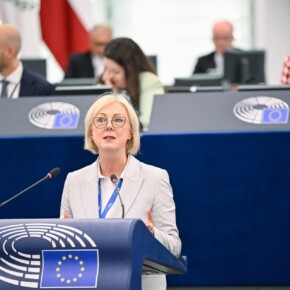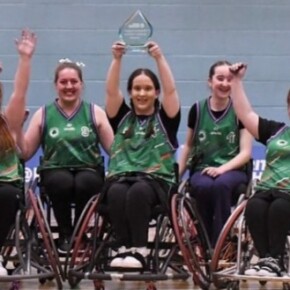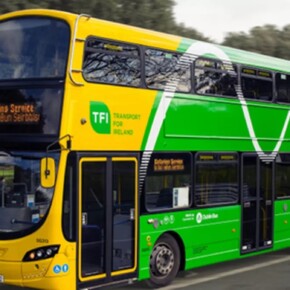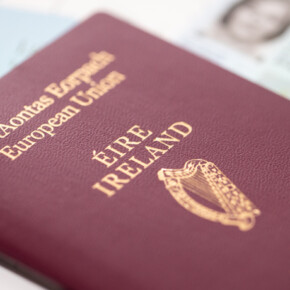How transfers influenced the Balbriggan election race
Mike Finnerty 11 Sep 2024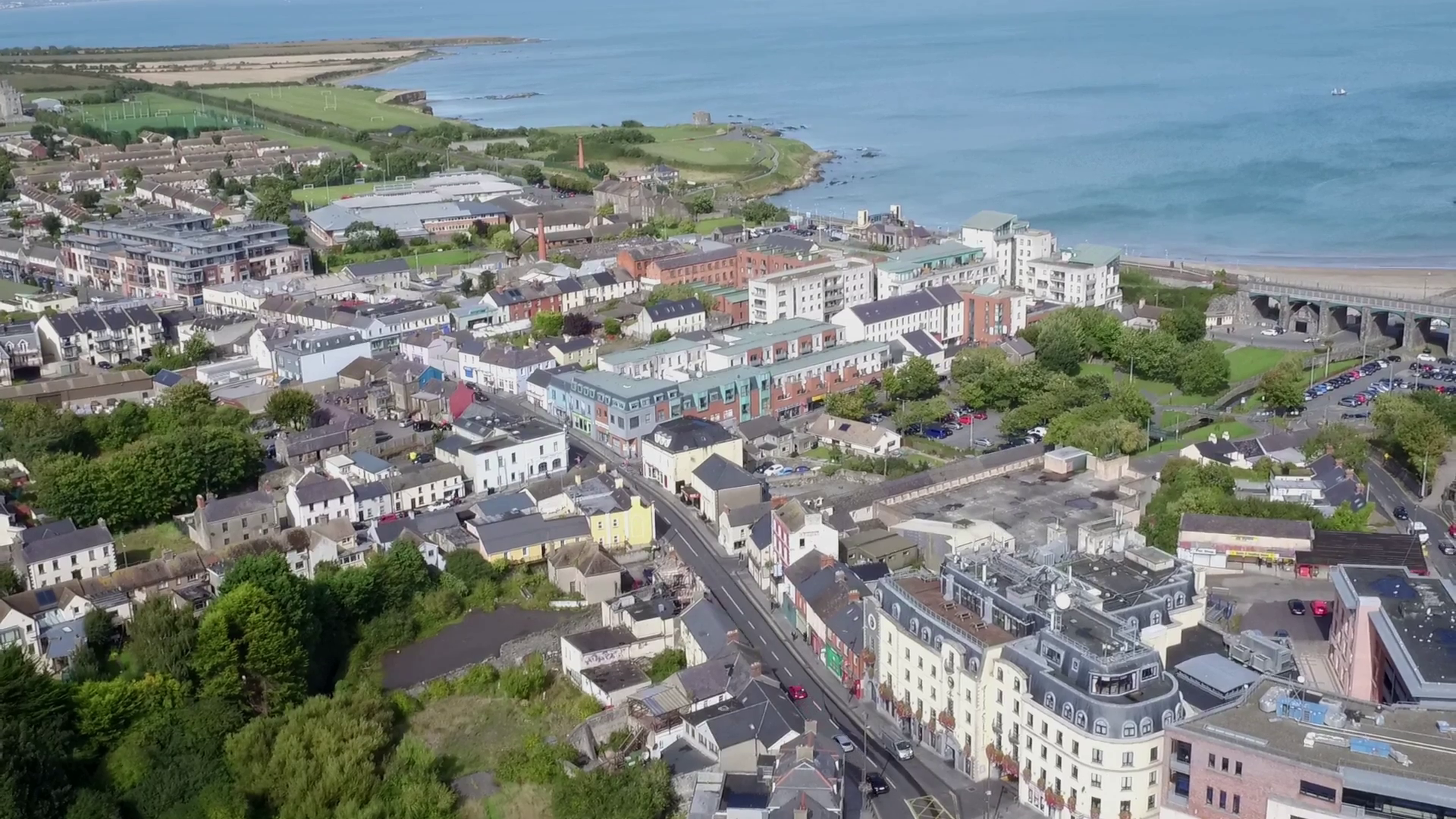
It has been reported that Babriggan has the youngest population in all of Ireland, with 2022 Census statistics showing that the average age of a Balbriggan resident is 33.6 years old.
Going by that metric, this would mean the average Balbriggan voter was born at the tail end of the 80s or just around Italia 90.
The youthful population of Balbriggan might explain why June’s local election results saw just one government party candidate elected in this five-seater.
We, for one, are shocked that a youthful population who had their life largely influenced by the post-2008 economic downturn aren’t rushing out to vote for Fine Gael and Fianna Fáil.
June’s trip to the polls in Balbriggan saw two independents (Tony Murphy and Grainne Maguire) elected, Tom O’Leary of Fine Gael keeping the government flag flying in Balbriggan, former Labour TD Brendan Ryan and Sinn Féin’s Malachy Quinn elected.
This nice and varied mix gives us ample opportunity to examine the psychology of Balbriggan voters.
Tony Murphy was the big winner in Balbriggan after getting elected on the first count with 19.4% of the vote.
Pulling off that kind of win in a five-seater is an example of one of our favourite election tropes: the independent with the absurdly strong personal vote.
Murphy’s fourth straight win in Balbriggan marked his best-ever day at the polls in Balbriggan; when he was first elected in 2009 to Balbriggan Town Council he was elected with 8.4%, won election to Fingal County Council in 2014 with 5.3%, saw that vote rise to 10.9% in 2019 before skyrocketing in 2024.
Thanks to getting elected on the first count and well over the quota, Murphy has 310 votes to distribute.
142 of those votes went to his fellow independent Grainne Maguire, while Labour’s Brendan Ryan received the second most transfers on 32.
Figuring out where independent transfers go is total guesswork in the context of Irish electoral politics.
In this case, it is pretty cut and dry; Murphy and Maguire enjoyed significant overlap which points to the Balbriggan electorate enjoying an independent streak at the expense of established parties.
Sometimes, Irish politics is as simple as the electorate rewarding hard-working councillors who fix the roads
Interestingly, Maguire received the exact same amount of transfers (119) from Irish Freedom Party candidate John Oakes as she did from Sinn Féin’s Anne Marie Brady.
Maguire also proved strong on transfers when Bryn Edwards of People Before Profit had his 509 votes distributed.
101 of those went to Brady, 93 went to Karen Power of the Greens, and 89 went to Maguire.
In keeping with the narrative that People Before Profit and Labour are like Will Ferrell and John C. Reilly in Step Brothers, People Before Profit’s voters did not show an interest in transferring to Labour.
In People Before Profit, there is a spirited attempt to punish Labour for taking part in a Fine Gael or Fianna Fáil led government, which of course is why the Greens received more transfers than Labour from their candidate.
Ryan was the recipient of 56 out of a possible 509 transfers up for grabs from Edwards, but Ryan didn’t need left-wing transfers to get elected; in a fun twist, the 230 transfers that got him elected came from Fianna Fáil’s Sinéad Lucey Brennan.
Brennan distributed 921 votes after her elimination on count seven, and her transfers got O’Leary of Fine Gael elected with 342 and Ryan received 230.
Karen Power of the Greens received 154 from Brennan which points to Fianna Fáil voters by and large being happy with their coalition partners and were happy to throw Labour a bone.
The loss of the Green seat in Balbriggan may well send warning signals off in Green HQ.
In 2019, then-councillor Joe O’Brien scored a healthy 14.6% but this year, the Green vote dropped to 9.6%.
9.6% is usually enough to get someone elected in the context of a five-seater and Power proved relatively transfer friendly as the count went on but the drop in first preferences proved fatal to her chances.
Power received most of her transfers from Brennan (154) and Edwards (93) which is the Green paradox in motion; they are transfer-friendly enough to have Fianna Fáil voters give them a preference but are also progressive enough to receive a decent number of transfers from People Before Profit.
Elsewhere, the Greens simply could not pick up transfers in Balbriggan.
On round three, when the transfers of independent candidates Aneta Laska and Derek McLoughlin were distributed, Power picked up two transfers.
Similarly, when Murphy distributed his surplus of 310, Power picked up nine votes and received seven votes when Maguire’s surplus of 49 was distributed.
Heading into general election season, it has become apparent that the independent voter does not trust the Greens and are looking to punish them for their stint in government.
Despite our earlier joke, Fine Gael and Fianna Fáil’s share of the vote actually increased in Balbriggan compared to 2019 (O’Leary increased his vote to 13% this year, up from 11.4% in 2019 while Brennan’s 7.4% haul for Fianna Fáil was a marked improvement on Niall Keady’s 4% haul in 2019), albeit with lower voter turnout overall.
Balbriggan was another area where Sinn Féin’s ill-fated attempt to win multiple seats backfired, with the party’s share of first preferences simply not enough to get both of their candidates elected.
Malachy Quinn held onto his seat (seeing his vote drop from 9.3% in 2019 to 7.2% in 2024) but a lot of effort was clearly made into getting Anne Marie Brady elected alongside him.
Brady attained 6.1% of first preferences and it is now apparent that Sinn Féin managed to split the vote.
Had Sinn Féin run just Quinn it would have been enough to get another non-government party councillor elected.
The total Sinn Féin vote of 13.3% would have been enough to place them above Fine Gael’s O’Leary, but below the independent Murphy and Labour’s Ryan.
Quinn was elected after receiving 509 of a possible 837 transfers from Brady, but Brady herself simply received too many first preferences to make an impact in the race.
Brady received 678 first preferences and ended up with 837 overall, with 101 of those coming from Edwards.
119 of Brady’s 837 preferences went to Maguire, which also points to Sinn Féin voters wanting anyone but a government party to win a seat.
At a Dáil level, Balbriggan is part of Dublin Fingal West.
As we have covered over the last few weeks, the constituency is now a three-seater after the larger Dublin Fingal constituency was split in two ala West and East Berlin.
Rush-Lusk and part of the Swords local electoral area were straight protest votes against government parties in June and make up part of Dublin Fingal West.
Joan Hopkins’ poll-topping performance for the Soc Dems in Howth-Malahide and Labour’s near 40% haul in Rush-Lusk are sure signs that the progressive vote is up for grabs; government parties would be well-advised to tread carefully before facing the electorate.
This warning also applies to Sinn Féin.
Sinn Féin won four seats on Fingal County Council despite running 15 candidates.
Fine Gael, by contrast, ran nine candidates and got seven elected.
Labour managed even better vote distribution, getting seven elected from eight candidates.
Sinn Féin’s struggles on the Northside can be attributed to their lack of transfer-friendliness among other progressive parties, and if the polls are to be believed, potential coalition partners.
Of course, it is easy to read too much into general elections; following 2019’s locals, Sinn Féin famously decided to not run as many candidates in the general election fearing a similar performance only to end up winning the nationwide popular vote.
Anything can happen in a general election campaign and what motivates Balbriggan voters at a local level might differ nationally.
That, or the voters of Balbriggan are playing an elaborate The Game-style hoax on Irish political analysts and just trying to make our lives as difficult as possible.


